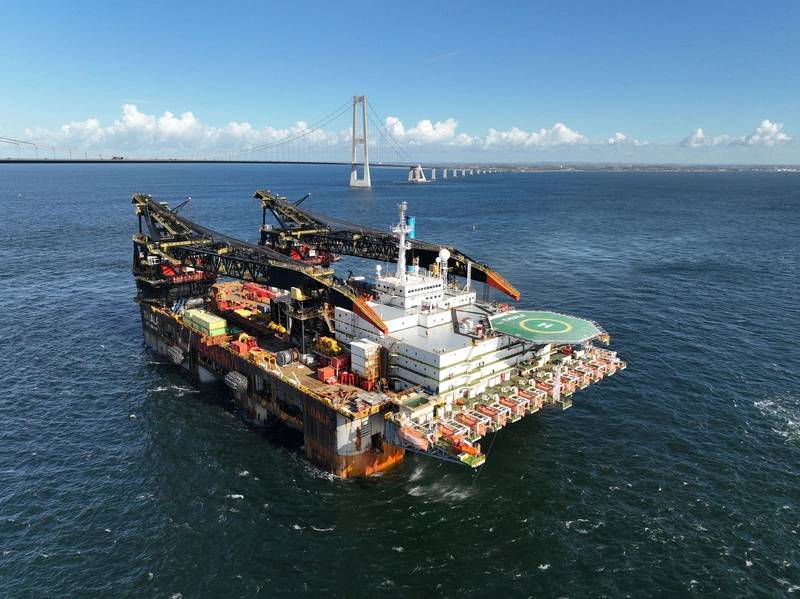The European Maritime Safety Agency (EMSA) has started operating remotely piloted aircraft near the Strait of Gibraltar to monitor sulfur and nitrogen emissions from passing ships.
The pollutant data collected will enable the Spanish Ministry of Transport, Mobility and Urbanism to monitor emissions for compliance with existing regulations to reduce harmful impacts on human health and the environment.
According to EMSA, the drones have also been used for complementary tasks, including pollution detection, suppression of human trafficking and smuggling, fisheries control and vessel traffic management.
READ: Why are more ports using drones?
The Remotely Piloted Aircraft System (RPAS) is a Camcopter S100 unmanned helicopter operated by EMSA contractor Nordic Unmanned. The RPAS is equipped with an emissions sensor from Contractor Explicit.
After data collection, any indication of non-compliance can trigger an inspection at the next port of call to determine if a violation has occurred.
This is the second emissions monitoring campaign taking place in the region.
The emissions monitoring measures aim to underpin the recent International Maritime Organization approval of the Mediterranean Sea as an Emission Control Area, which is expected to come into force in 2025.
While the merchant marine can use the measurements taken to check passing ships’ compliance with pollution regulations, the flights can also be directed to assist the Spanish Maritime Safety Agency (SASEMAR) in search and rescue, according to EMSA.
In April, the Federal Maritime and Hydrographic Agency (BSH) and EMSA carried out a large-scale drone measurement campaign.
Over a period of three months, drones were used to measure the sulfur content in exhaust plumes from ships in the Baltic Sea in order to detect exceedances of the applicable limit values.




